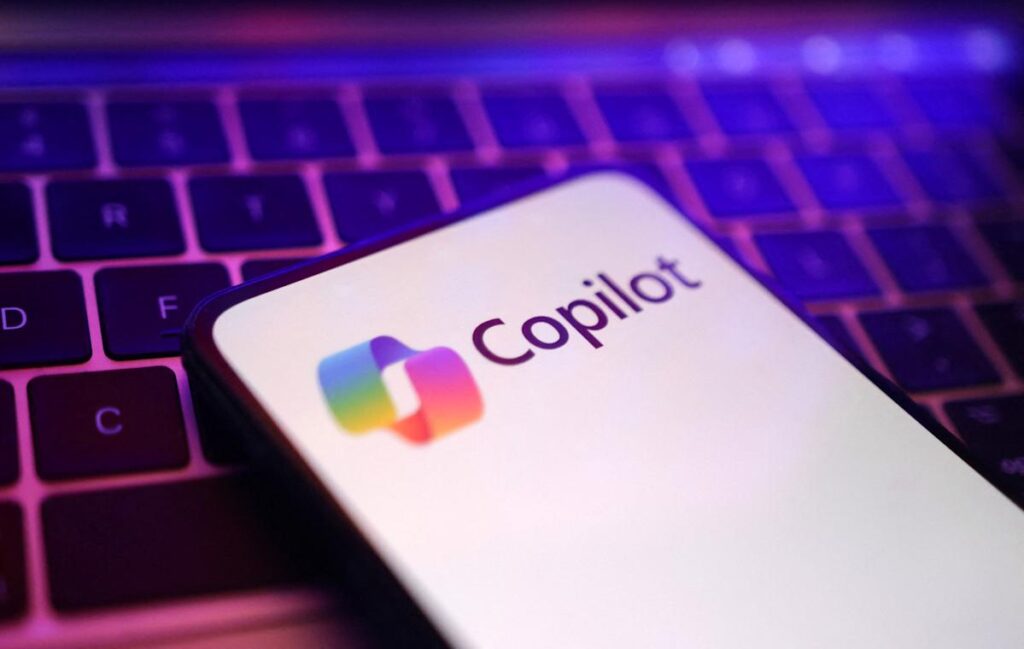Microsoft’s recent pivot towards integrating Anthropic’s Claude AI models in its Office 365 suite represents a significant shift in the competitive landscape of artificial intelligence and automation tools. This development not only highlights the ongoing evolution in AI technologies but also raises critical questions for small and medium-sized business (SMB) leaders and automation specialists seeking optimal tools for their organizations.
Traditionally, Microsoft has relied heavily on OpenAI’s algorithms, leveraging them to enhance features across applications such as Word, Excel, Outlook, and PowerPoint. However, the rumored transition to Anthropic’s Claude suggests a strategic reevaluation of vendor partnerships and tool capabilities. For SMBs, understanding the implications of such changes is crucial for making informed decisions about automation solutions.
When evaluating AI platforms, factors such as performance, usability, cost, and scalability play significant roles in determining the appropriate fit for an organization. Anthropic’s Claude models are designed with a focus on user-friendly interaction and contextual understanding, which enhances collaboration through tools like PowerPoint by generating more aesthetically pleasing presentations. The superior performance noted in these AI-assisted outputs can yield a quicker turnaround in presentation fidelity, impacting marketing and client engagement positively.
In contrast, OpenAI’s models—while extremely powerful and widely adopted—have faced scrutiny regarding their cost structure. Currently, Microsoft is accessible to OpenAI’s models without additional fees due to their partnership. However, the growing competition and developments in alternative models challenge this dynamic. According to reports, Microsoft’s decision is influenced by a belief that Claude performs “better in subtle but important ways.” Such conclusions suggest that for tasks requiring nuanced outputs, like creative presentations or personalized email responses, Anthropic may offer superior value.
From a cost perspective, Microsoft’s integration of Anthropic models in Office 365 will reportedly maintain the existing pricing structure of $30 per user per month, which could benefit SMBs by avoiding additional overhead costs associated with switching to a new supplier. In contrast, utilizing OpenAI’s solutions may provide access to state-of-the-art functionalities, but potentially at higher incremental costs depending on usage, computation loads, and model integration challenges.
This brings us to the scalability of these platforms. Anthropic’s Claude models are built on a foundation designed for seamless integration with existing workflows, thus providing a viable option for SMBs looking to scale operations without significant infrastructural investment. This is vital for smaller organizations that may not have the luxury of extensive IT resources at their disposal. In comparison, OpenAI provides robust capabilities, particularly for data analysis and automation tasks, but scaling may necessitate a more complex implementation framework, which can deter businesses without specialized support.
In considering ROI, the impact of these AI tools on productivity is a primary concern. Anthropic’s approach to AI emphasizes safe and aligned AI use, which may resonate with businesses looking to mitigate risks associated with generative AI. The idea of an ‘ethical handshake’ in AI deployment is increasingly appealing, particularly in sectors where compliance and brand reputation are paramount. By leveraging models that prioritize ethical considerations, SMBs could potentially safeguard their reputations while enhancing operational efficiencies.
Furthermore, both platforms differ fundamentally in their approach toward machine learning. OpenAI has established itself as a leader through its deep learning prowess and extensive datasets, capable of powering complex automation workflows across different industries. Anthropic, on the other hand, focuses on creating user-centric AI that seeks safer and more interpretable outputs. For decision-makers, the choice between deeper technical capabilities of OpenAI and the user-friendly, safer engagements of Anthropic may boil down to their specific industry requirements and governance needs.
While Microsoft asserts that the change towards Anthropic models is not rooted in animosity but rather in a strategic decision based on performance metrics, the underlying tensions in the partnership with OpenAI cannot be ignored. For businesses, this hints at a possible instability in the landscape that companies need to navigate. Such shifts may influence pricing, access, and functionality moving forward, urging SMB leaders to contemplate the long-term implications of their chosen platform.
In summary, the ongoing dynamics between Microsoft, OpenAI, and Anthropic serve as a reminder of the rapidly shifting terrain in AI technology. SMB leaders must carefully evaluate these platforms based on their specific operational needs, potential for scalability, compliance considerations, and integration ease. Decisions should prioritize tools that not only enhance productivity but also align with ethical standards and sustainability in automation.
FlowMind AI Insight: As AI continues to rapidly evolve, SMB leaders must remain agile and discerning about the tools they incorporate, balancing performance with ethical considerations and cost efficiencies. Engaging in strategic evaluations of these platforms will pave the way for sustainable growth and competitive advantage in an increasingly automated world.
Original article: Read here
2025-09-09 20:20:00

